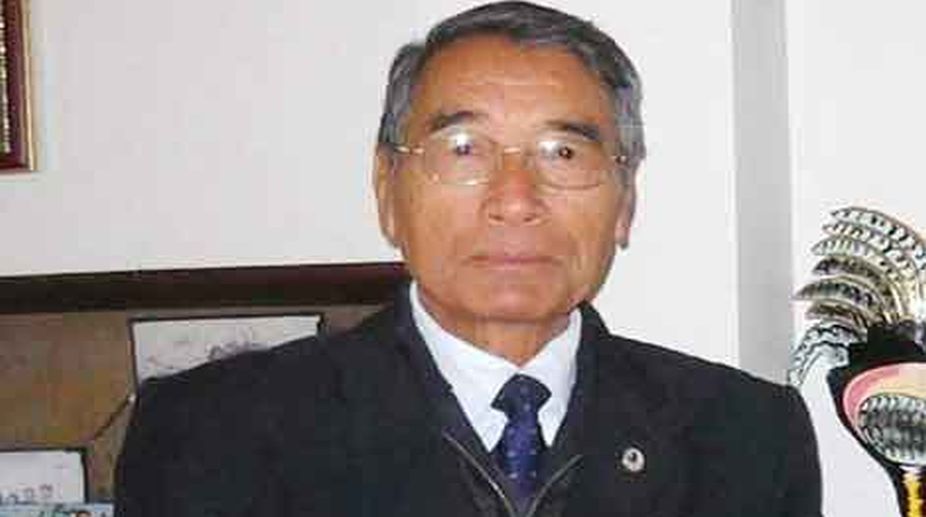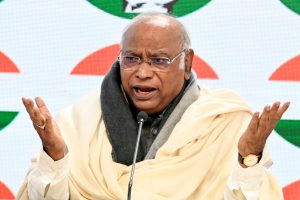Nagaland Chief Minister Shurhozelie Liezitsu on Friday unveiled a memorial monolith in honour of the Naga Labour Corps that was raised exactly 100 years ago and sent out to France to take part in the First World War.
The monolith was erected in a hillock opposite the Red Cross Building in the heart of Kohima, which itself was the scene of one of the greatest battles of the Second World War.
Liezietsu announced that a memorial park will be built around this hilltop to mark the 100th anniversary of the date marking the departure of the Naga Labour Corps's first batch to the Western Front, and the monolith was the first step in this direction.
"One can hardly imagine the feelings that the Naga Labour Corps must have felt, leaving their homeland for the first time and crossing oceans to distant lands fighting for the then (British) Crown," he said.
"Certainly it was not India's war and it was definitely not the Nagas' war but the Naga Labour Corps participation and the bravery they exhibited during their battles in Europe and elsewhere would have ramifications," he added.
Liezietsu said amongst all the tribes who were sent to duties in the war, the Nagas were the first to realize the need to organise and unite themselves.
"Men who returned from France formed a socio-political association called the Naga Club with branches in Kohima and Mokokchung immediately after their return in 1918," he said, adding that it was this association that later in 1929 submitted a representation to the Simon Commission, conveying the right of choice of self-determination of the Nagas when the British left India.
Moreover, he said, the state of Nagaland has its direct bearing from the Naga Labour Corps and for this purpose alone, their brave mission must be remembered appropriately for posterity.
Nearly 1,700 tribal Naga men were recruited by Deputy Commissioner Herbert Charles Barnes for what was designated as the Naga Labour Corps, and the first batch was dispatched on April 21, 1917 for France, and they sailed for that country on April 26.
Arriving in France in two main groups (688 men on June 21, 1917 and 992 men on July 2, 1917), they were initially divided into the 15th, 16th, 17th and 18th Naga Labour Companies but yo avoid confusion with other Indian Labour Corps units serving in Mesopotamia at that time, these companies were renumbered as the 35th, 36th, 37th and 38th (Naga) Labour Companies.
The men of the Naga Labour Corps worked in various places around France on salvage work, road repairs among others. They returned to India in mid-1918.
Unfortunately during the Second World War, the building holding the lists of Naga Labour Corps' personnel was destroyed in Japanese bombing but Liezietsu said that the relative lack of historical records should however not deter the people from commemorating their contributions.










